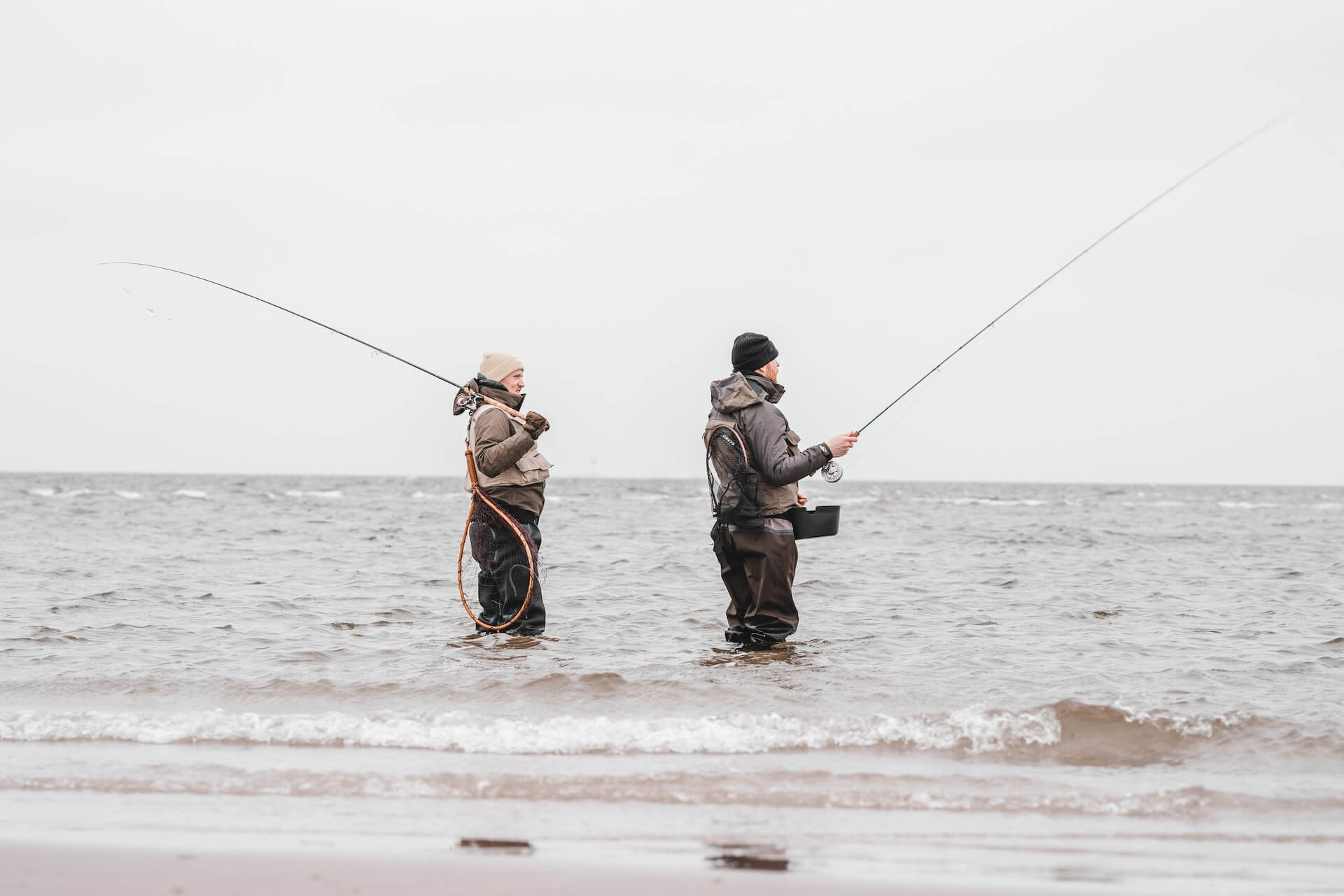
This exciting activity offers intense and unforgettable moments. Sea fly fishing is much less well known than freshwater fishing, yet it offers many opportunities for thrill-seekers. Find out all you need to know about this extraordinary experience.
The concept of sea fly fishing
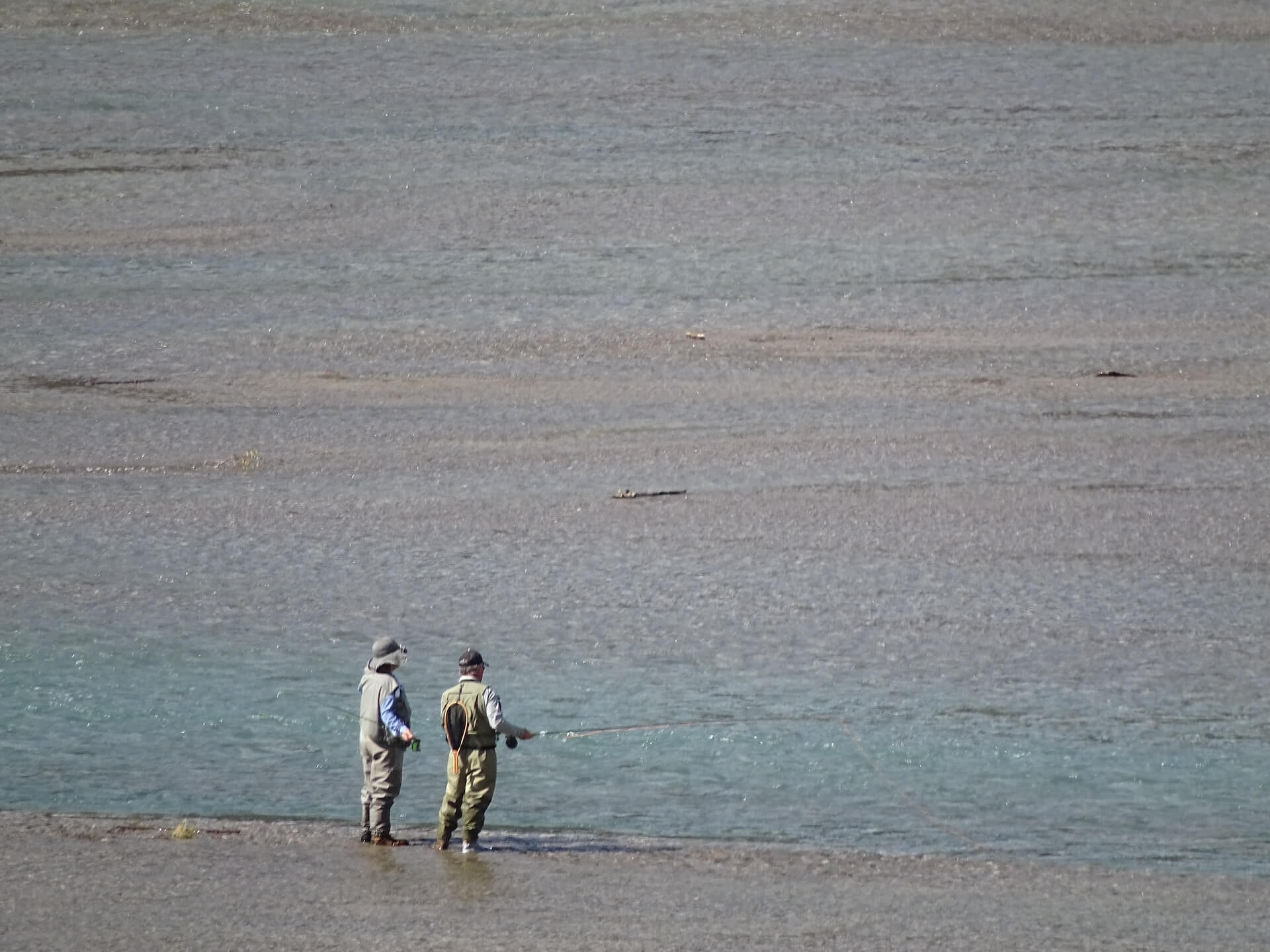
Like traditional fly fishing, sea fly fishing involves using a light rod, a special reel and a floating, intermediate or sinking line to cast lures imitating various marine prey.
The fish targeted are generally species found near the surface, such as sea bass, sea trout, bonefish or tarpon. This type of fishing is mainly practised by the sea, on beaches, rocks, dykes and estuaries, but also by boat in some cases. So if you're in this situation, we recommend the use of a boat sounder, which could undoubtedly greatly improve your sessions.
The advantages of sea fly fishing
Fly fishing is often perceived as a fine, light fishing technique for small fish such as trout. In the sea, fly fishing is an extreme sport that provides great adrenaline rushes and thrills. This fishing technique has several major advantages:
- A sense of freedom: faced with the immensity of the ocean, anglers feel an incomparable sense of escape.
- Richness of species: the sea is home to a huge variety of fish, offering a wide range of potential catches.
- Adrenalin: the power and combativeness of marine fish guarantee epic, memorable battles.
- Demanding technique: sea fly fishing requires a certain amount of skill, making success all the more rewarding.
All in all, sea fly fishing is a unique experience that combines adventure, thrills, discovery and technical challenge in an idyllic setting.
The equipment you need for sea fly fishing
The fly rod
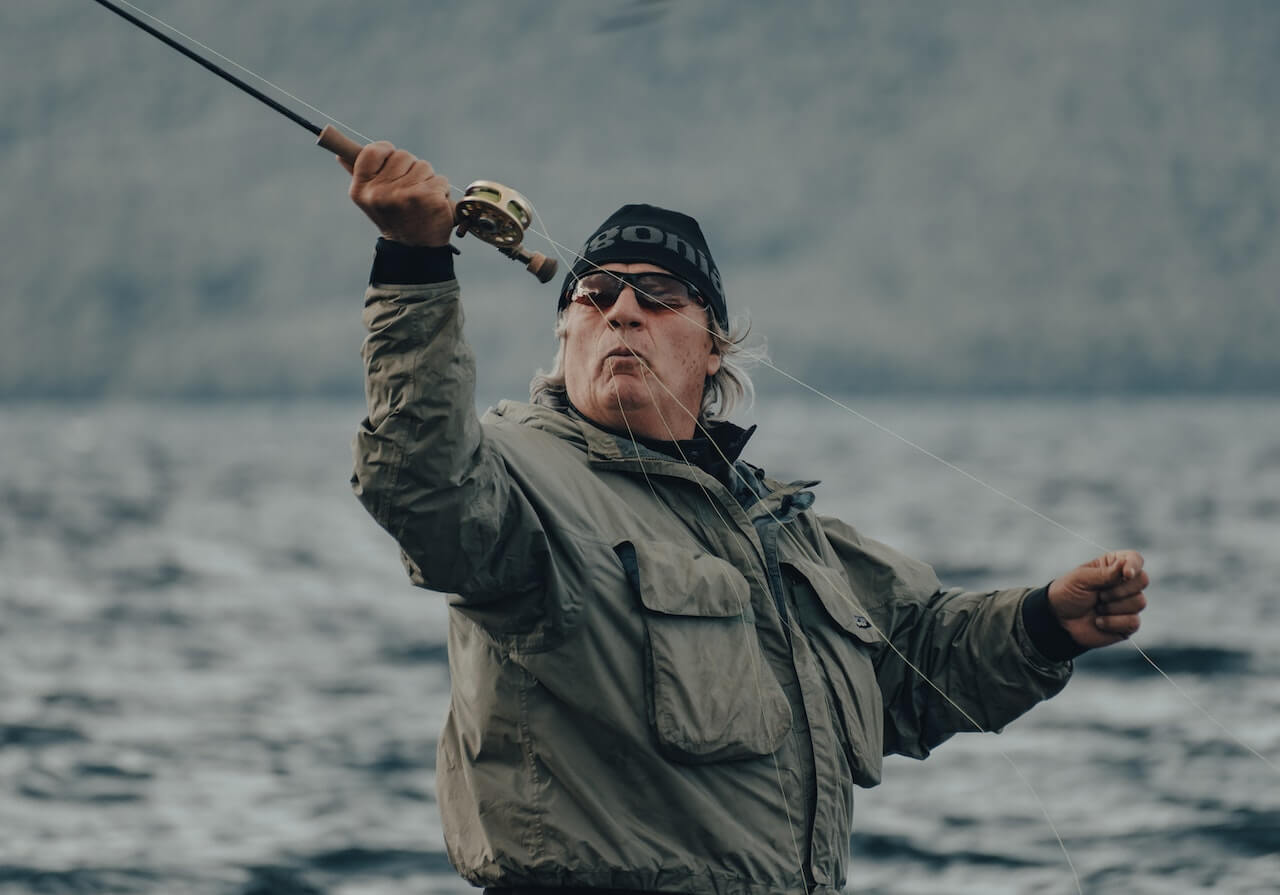
To practise this technique, it is essential to have a suitable rod. Fly rods for sea fishing are generally longer and more powerful than those used in freshwater. They need to be capable of casting large lures from a distance while withstanding the sometimes difficult conditions at the seaside (wind, waves, currents, etc.).
What's more, the saltwater environment leaves no chance for equipment that has not been treated against corrosion. So make sure your rod is fitted with salt-treated guides. However, you should always rinse your rod after each fishing trip.
The reel
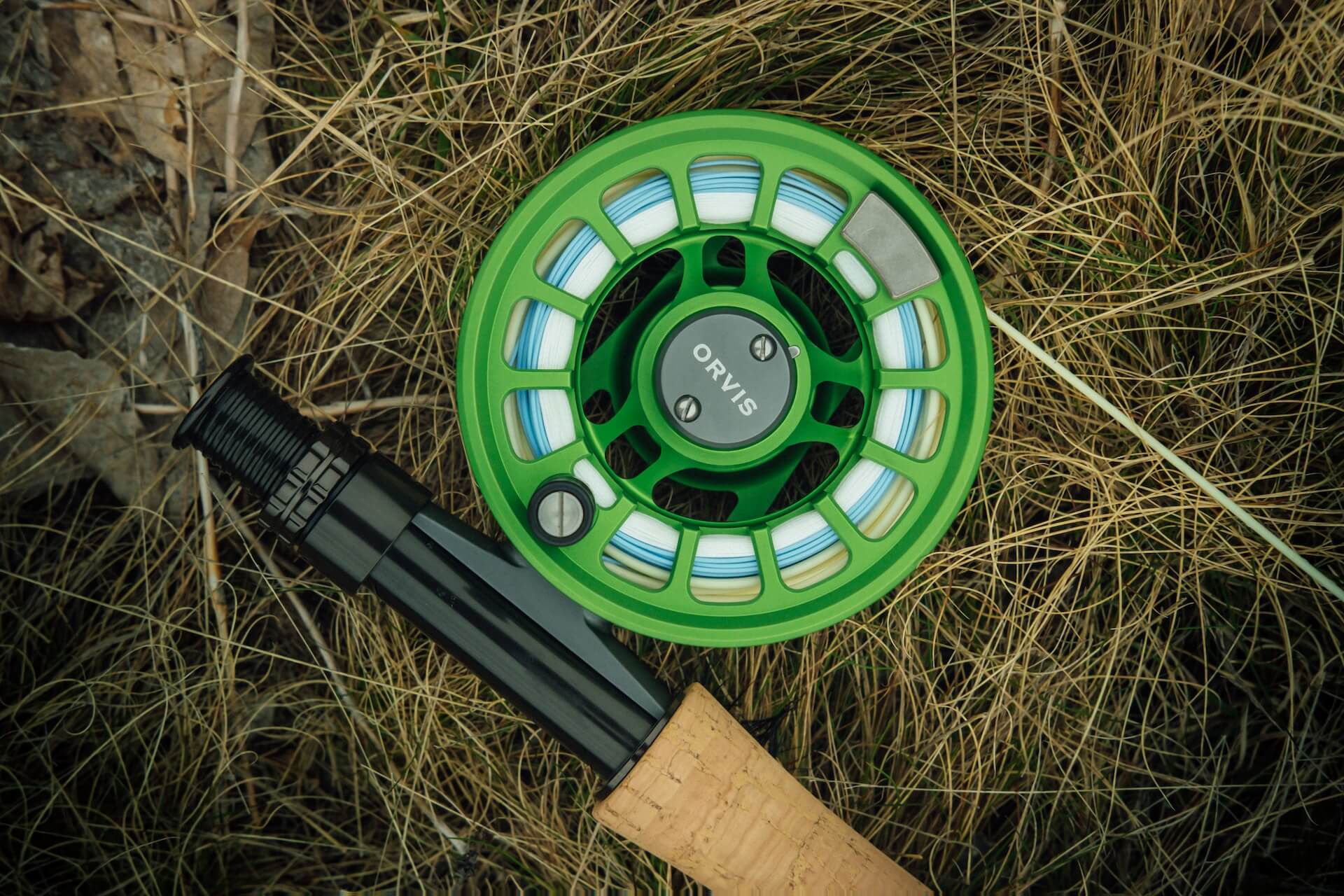
A special reel is also needed for sea fly fishing. It needs to be robust, equipped with an effective brake and with sufficient capacity to hold a line and backing suited to marine conditions.
Sea fish are much more powerful than freshwater fish. Your reel will need to be capable of holding back these fish and contain enough line. As with the rod, your reel must be treated against corrosion and rinsed after each fishing trip.
The line
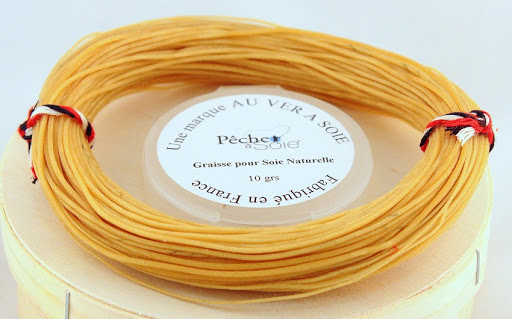
The choice of line depends on the fishing conditions and the fish you are after. Floating lines are ideal for surface fishing, while intermediate or sinking lines allow you to reach greater depths.
When fishing at sea, you'll mainly use sinking or intermediate lines. They are very easy to cast long distances and are better suited to streamer fishing.
Lures
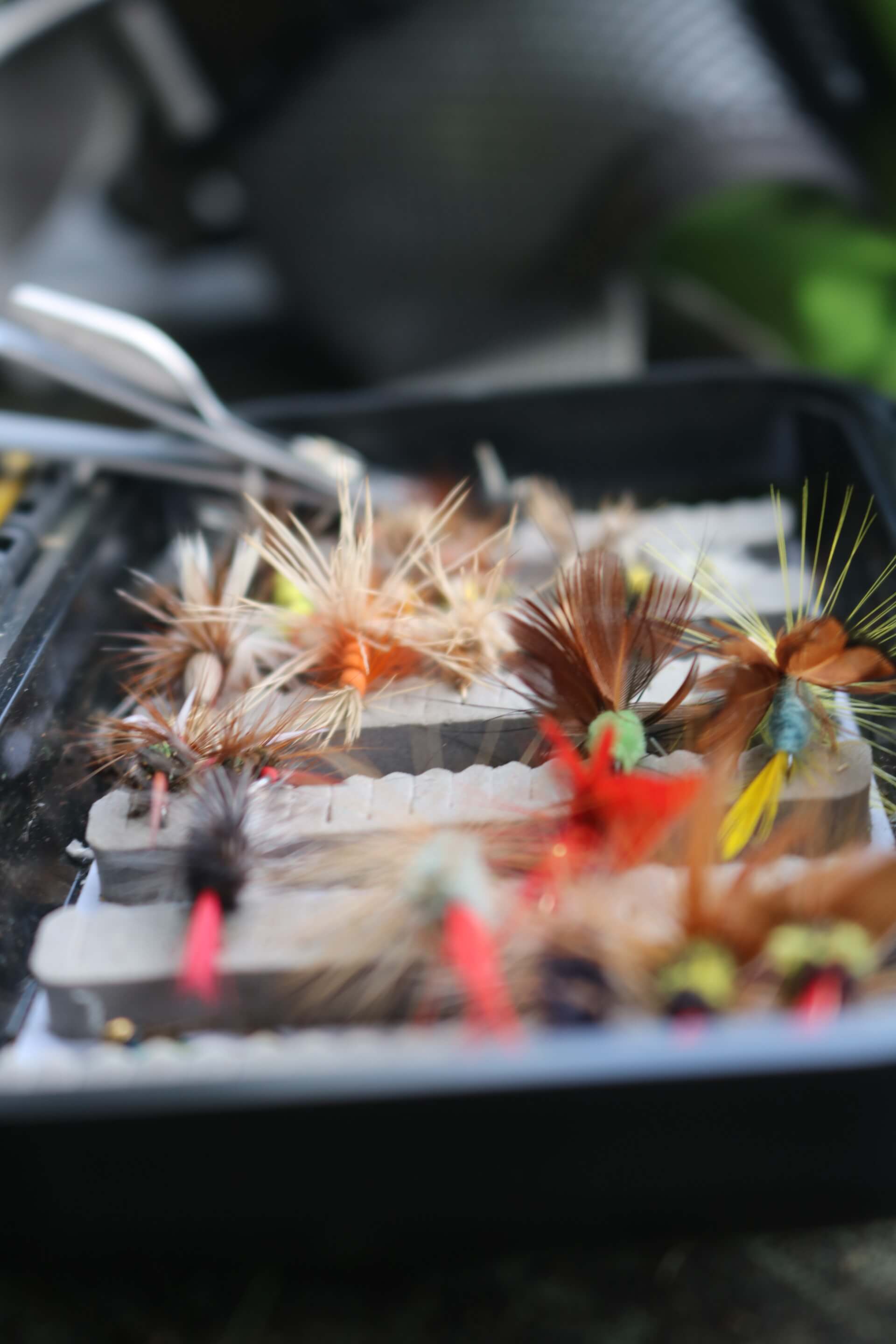
Finally, you need to select lures that imitate the natural prey of your target fish. To do this, it's important to find out about the species present in the fishing area and adapt your choice according to the season and weather conditions.
Imitations of sandeels, sardines or prawns are formidable when fly-fishing for sea bass. If you choose to make your own flies, make sure you use sea fishing hooks. They will be sturdier and more resistant to corrosion.
A few tips for successful sea fly fishing
To maximise your chances of success when fly fishing at sea, here are a few tips to keep in mind:
- Observe the conditions: wind, currents, water temperature and the presence of food influence fish activity. Adapt your approach accordingly. Fly fishing is a good way to catch fish on the hunt, so keep your eyes peeled!
- Learn to cast: mastering fly casting techniques in the sea is crucial for reaching the right spots and avoiding hook-ups. Mastering the double pull is not a luxury when you have to cast into the wind. Mastering the double pull is not a luxury when casting into the wind.
- Find out about the species: knowing the habits and preferences of your target fish will help you choose the right lures and strategies. You won't catch bass, bonefish or tarpon in the same way.
- Practise "catch and release ": to preserve marine resources, return caught fish to the water in good conditions so that they can reproduce and ensure the survival of the species.
Sea fly fishing is a rewarding and exciting activity that offers enthusiasts a unique opportunity to explore a new world, that of the vast expanses of the sea. From the fierce battle with combative fish to the satisfaction of mastering a demanding technique, the pleasures of this sport are many and guarantee an unforgettable experience.
Our other articles on fly fishing :
